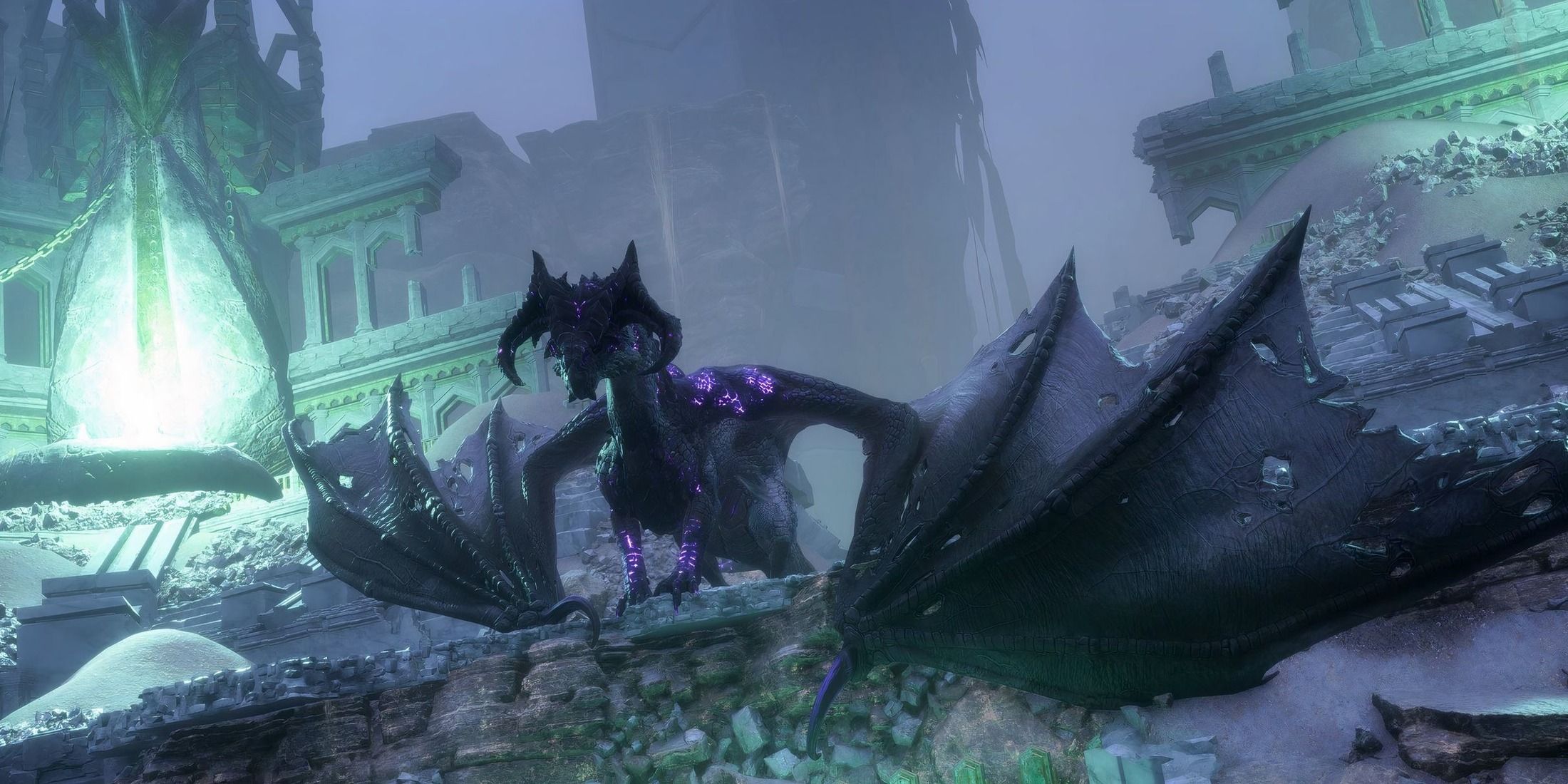This article contains spoilers for Dragon Age: The Veilguard.
Dragon Age has always had an incredible codex that’s been essential to read in order to understand the world of Thedas. It contains letters, book excerpts, diary entries, and notes written by characters who live in the world, and gives a multitude of different perspectives on events and the different cultures that exist in Dragon Age. Like previous entries, Dragon Age: The Veilguard gives players full access to the codex as they discover entries across Thedas.
The codex in Dragon Age: The Veilguard differs slightly in its presentation and categorization, but these small improvements make a world of difference in improving it. Reading the codex is now far easier, and it gives essential context and updates about companions and other characters, factions, and events across Thedas, in addition to the usual codex entries that have appeared in previous Dragon Age games. Skipping the codex means missing out on important information, but it also means losing a lot of the depth that makes the world of Dragon Age so compelling.

Related
Dragon Age: The Veilguard’s Necropolis Quests Are A Breath Of Fresh Air
Dragon Age: The Veilguard’s Necropolis Halls side quests stand out for their tricky fights and clever use of the entire world map.
The Brilliance of Dragon Age: The Veilguard’s Codex
Dragon Age: The Veilguard‘s codex has some new features and types of entries that flesh out the companions in particular. Rather than being sorted into categories such as Notes, Letters, and History, the codex is instead arranged by Faction, with a few other miscellaneous categories. This makes it far easier to find entries that are specific to certain parts of the world or that pertain to certain characters.
Aside from the new categorization, there are more codex entries that pertain to the companions and other characters in Dragon Age: The Veilguard. As the player progresses throughout the main storyline of Dragon Age: The Veilguard and completes companion quests, more codex entries that share insight into the companions are unlocked. While many of these codex entries simply add more nuance to the characters, some of them are essential to understanding the context of certain scenes.
Dragon Age: The Veilguard’s Codex’s Integration With Its Characters
One companion storyline and scene in particular that has received backlash from certain parts of the fandom has been Taash’s exploration of their gender identity, particularly their use of the word “non-binary” and their coming out to their mother. However, when reading the codex entries that document their mental process, much of the context of this conversation is put into place, including Taash struggling to figure out how to articulate this to their mother. Once the codex entries are read, the final result of them blurting out, “I’m non-binary,” without any explanation or fanfare, makes perfect sense.
While placing details such as this into a codex entry rather than a conversation or cutscene may feel like a mistake, these ideas are already explored in dialogue with Taash, and are expanded upon in the codex. For other companions and factions, the codex gives insight into their lives in the Lighthouse and their lives before joining the mission to fight against the elven gods, including their time during the Breach in the Veil during Dragon Age: Inquisition.
This places the codex within the context of the characters who inhabit Thedas and makes it feel even more alive. Dragon Age‘s codex was already one of the best parts of the series, but it managed to improve in Dragon Age: The Veilguard in meaningful ways thanks to the easier categorization, personal codex entries from characters, and beautiful artwork for each entry.
Source link













Leave a Reply